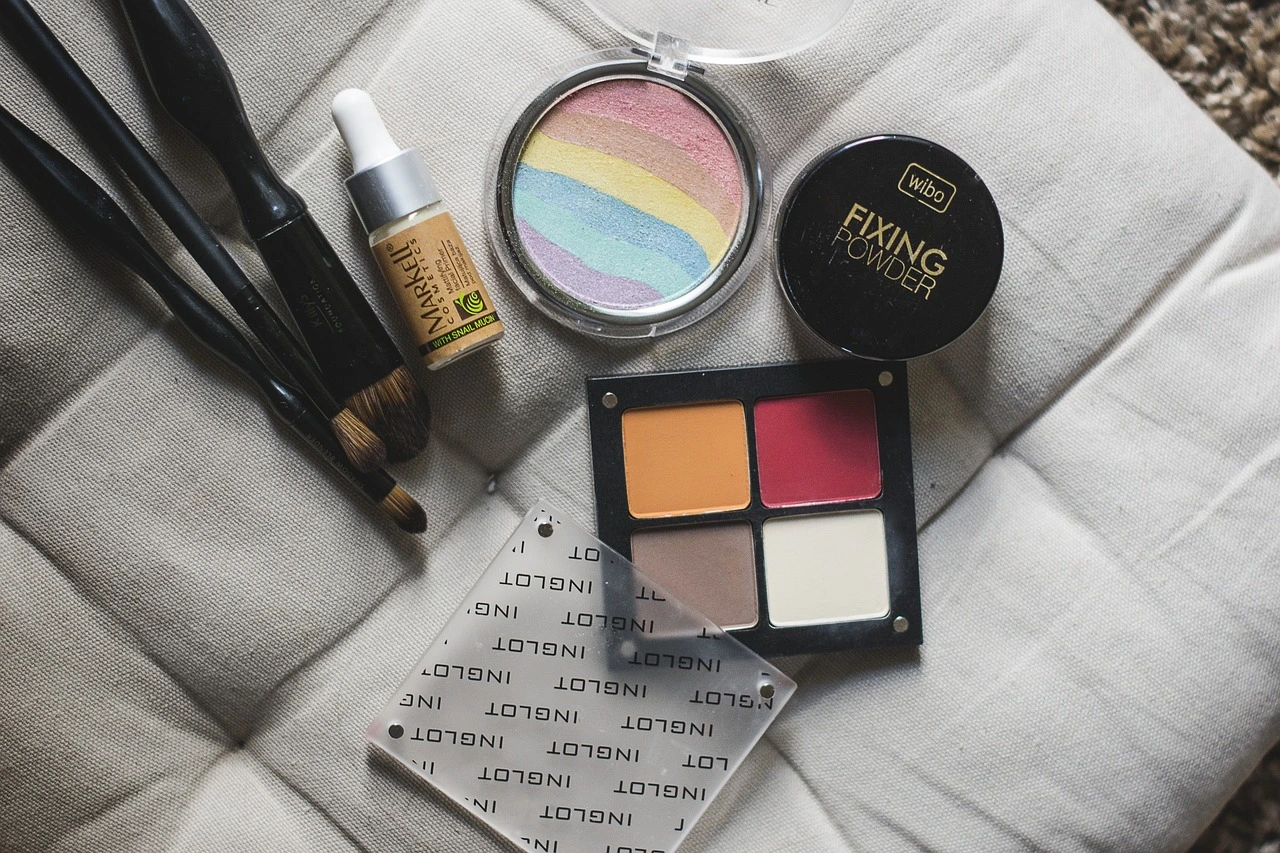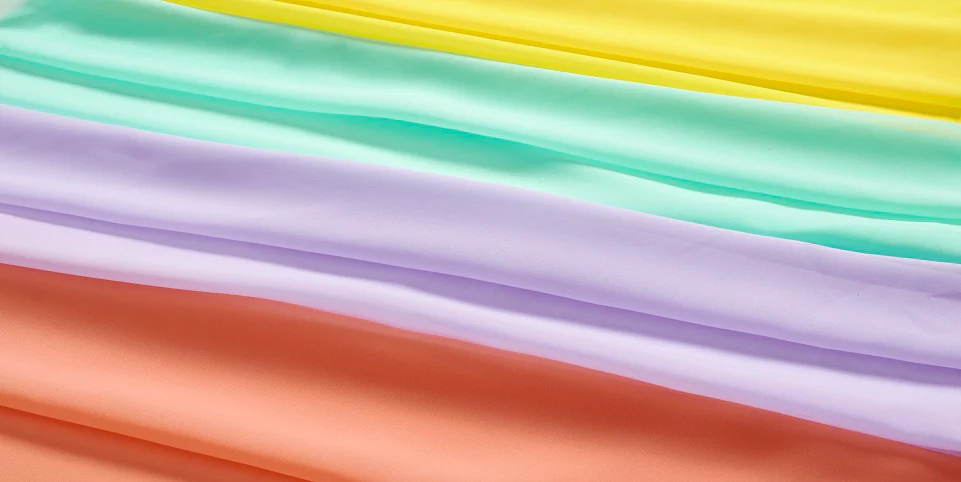Indian traditional jewelry, also known as “Bharatanatyam Jewellery,” is prominent in India’s rich cultural heritage. With its roots dating back to ancient times, this exquisite art form reflects the country’s diverse history, traditions, and craftsmanship.
From the intricate designs of Kundan jewelry to the grandeur of Temple jewelry, each piece narrates a story of India’s past and present. This article will delve into the enchanting world of traditional Indian jewelry, exploring its historical significance, regional variations, symbolism, contemporary trends, and much more.
Welcome to Golekh International, your ultimate destination for exquisite Indian fashion jewelry that celebrates the beauty and richness of Indian culture. We take immense pride in showcasing a diverse and stunning collection of fashion jewelry that reflects the country’s heritage, craftsmanship, and contemporary flair.
At Golekh International, we believe that jewelry is not just an accessory but an expression of art, history, and personal style.
History of Indian Traditional Jewellery
The history of Indian traditional jewelry can be traced back several millennia. Its evolution can be seen through the influence of various dynasties and regions. From the Indus Valley Civilization to the Mughal Empire, each era left its distinctive mark on the art of jewelry-making.
The skilled craftsmanship and attention to detail were passed down from generation to generation, making Indian jewelry a testament to the country’s rich heritage.
Types of Indian Traditional Jewellery
Indian traditional jewelry comes in many types, each boasting unique characteristics and charm. Gold jewelry, adorned with intricate patterns and motifs, symbolizes prosperity and tradition. Silver jewelry, popular in certain regions, showcases a more understated elegance.
Diamond jewelry, often studded with precious gemstones, exudes opulence and luxury. Kundan jewelry, with its refined enamel work, is a timeless classic. Meenakari jewelry, known for its vibrant colors, adds a touch of vivacity.
Temple jewelry, inspired by temple art and architecture, holds spiritual significance. Navaratna jewelry, featuring nine gemstones, represents cosmic harmony. Jadau jewelry, with its embedded uncut gems, is a masterpiece of craftsmanship.
Regional Variations
India’s vastness is mirrored in the regional variations of its traditional jewelry. Each region boasts its distinct style and design. Intricate designs and heavy use of gold characterize North Indian jewelry. South Indian jewelry, on the other hand, focuses on temple-inspired methods and is often crafted in pure gold. East Indian jewelry showcases delicate craftsmanship, while West Indian jewelry is known for its bold and chunky designs.
Symbolism and Meaning Behind Indian Traditional Jewellery
Indian traditional jewelry carries deep symbolism and meaning. It holds religious and spiritual significance, often integral to rituals and ceremonies. Additionally, these pieces serve as markers of social status and wealth. Be it weddings, festivals, or other special occasions, adorning traditional jewelry is a way of honoring cultural heritage.
Traditional Jewellery-Making Techniques
The creation of traditional Indian jewelry is a laborious process that involves intricate handcrafting techniques. Skilled artisans meticulously shape and mold metals and gemstones to bring these pieces to life. These techniques have been preserved through generations, and the craftsmanship remains unparalleled.
Contemporary Trends in Indian Traditional Jewellery
Indian traditional jewelry has not remained untouched by modern influences. In recent times, there has been a fusion of traditional designs with contemporary elements. This has garnered significant attention from domestic and international markets, making traditional jewelry more accessible to a broader audience.
Sustainability and Ethical Concerns
As the demand for traditional jewelry rises, so does the need for responsible and ethical practices. There is growing concerned about the environmental impact of jewelry production and the sourcing of raw materials.
Many artisans and brands are now embracing sustainable practices and promoting fair trade to ensure a positive impact on the environment and communities.
Indian Traditional Jewellery in the Modern World
The love for traditional Indian jewelry extends beyond special occasions. Many people now incorporate these pieces into their daily attire, appreciating the artistry and heritage they represent. Furthermore, bridal jewelry is essential in Indian weddings, with families passing down heirloom pieces through generations.
Famous Traditional Jewellery Collections
Over the years, several iconic traditional jewelry collections have gained fame. Each piece has a captivating story, and some have become symbolic of Indian culture and heritage.
Celebrities and Indian Traditional Jewellery
The allure of traditional Indian jewelry extends to celebrities as well. Bollywood stars and fashion icons often don exquisite pieces on red carpets and public events, influencing fashion trends.
Tips for Buying Indian Traditional Jewellery
When purchasing traditional Indian jewelry, authenticity and quality are of utmost importance; buyers should be aware of factors that determine the value and craftsmanship of these pieces. Whether buying for oneself or as a gift, finding the perfect work requires careful consideration.
Preserving and Caring for Indian Traditional Jewellery
Indian traditional jewelry is not just an investment but also a cherished possession. Proper storage and regular cleaning are essential to ensure its longevity and shine.
Future of Indian Traditional Jewellery
With an increasing global appreciation for Indian culture, traditional jewelry is gaining popularity worldwide. As the world becomes more conscious of sustainability, traditional jewelry may evolve to meet contemporary demands while preserving its essence.
Conclusion
Indian traditional jewelry, a confluence of art, culture, and history, has withstood the test of time. Its unparalleled craftsmanship and cultural significance continue to fascinate people across the globe. As the world embraces diverse cultures, the charm of Indian traditional jewelry shines brighter than ever.






How do you protect your website’s content from copyright infringement?